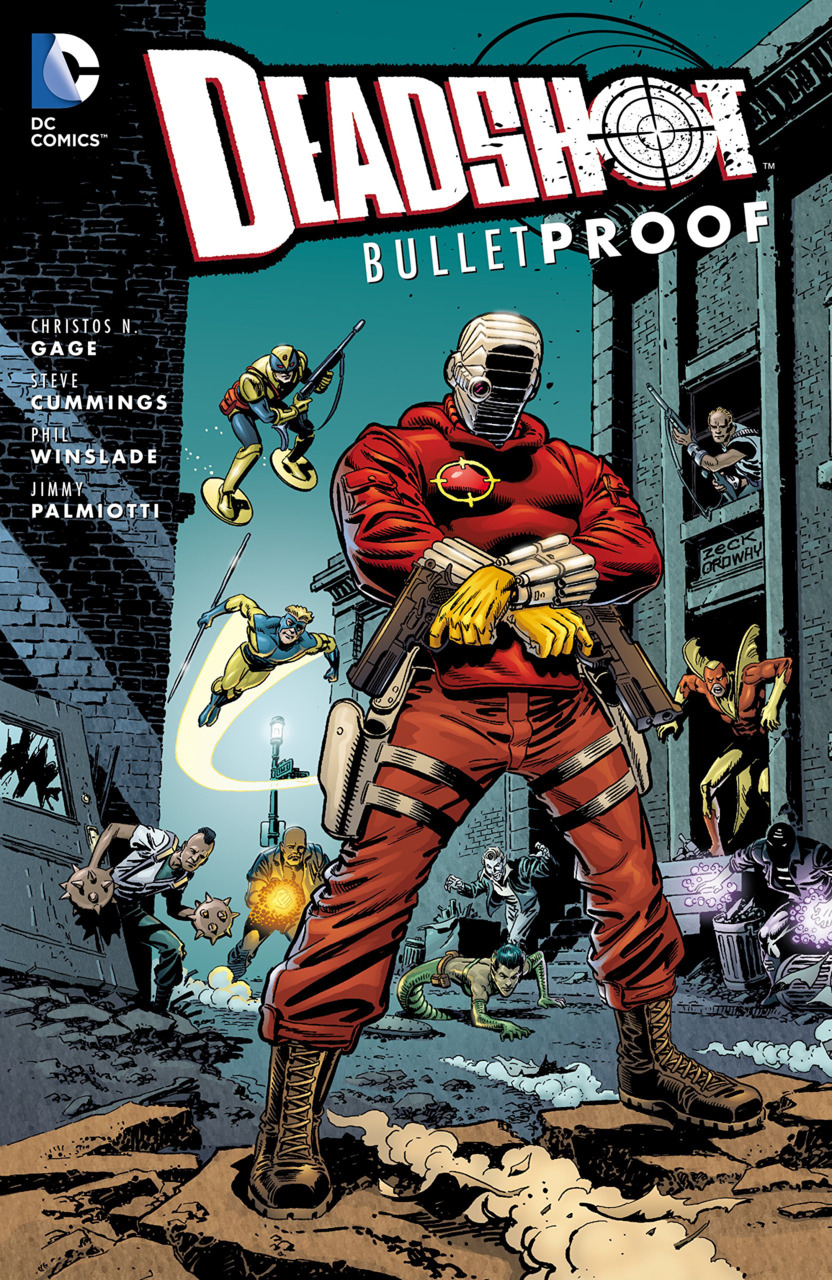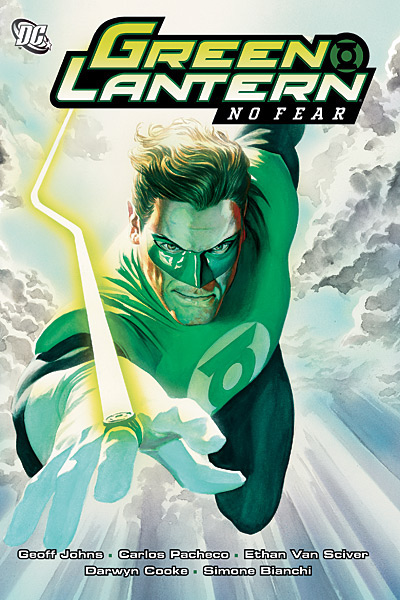
My relationship with Wonder Woman since beginning “the shelf” has always had its ups and downs (downs more than anything). With Greg Rucka’s run on the title, I’ve faced plenty of peaks and valleys, with me tearing apart the story at first, then coming to appreciate it much more. With this latest trade, I still view the series more favorably than at other times in the past, but my positive view of the character and the world she inhabits has been dimmed somewhat.
Picking up where Bitter Rivals left off, this story sees Wonder Woman contending with the reappearance of Medusa, who has decided to take out her anger at the Gods on Athena’s champion. Medusa appears at a state function, turns a young boy to stone, and disappears before Diana can stop her.

Later, Medusa invokes Ares to challenge Diana to a battle to the death, with the world watching on live television. It’s a hard-fought battle, especially considering Wonder Woman can’t look directly at Medusa. Diana’s losing badly, but she eventually makes a sacrifice to allow her to more affectively battle the Gorgon.

Diana grabs one of Medusa’s severed snakes and squirts the venom into her eyes, blinding herself so that she no longer needs to fear a direct gaze. Somehow this gives Diana an edge (I would think being blind would be a hindrance, but whatever) and she manages to behead Medusa, killing her once again.
Although exciting, this is only the first act. The latter half of the story sees Diana pitted against Zeus’s hundred-armed guard, as Athena attempts to usurp the throne from her father. Seemingly grudgingly, Diana battles the creature. Even though she’s blind, she holds her own, and makes use of the Gorgon’s head in a well-planned attack.

Zeus’s champion is turned to stone, and Athena ascends the throne as Olympus’s new ruler. She offers Diana a reward, but the only thing Diana wants is to bring back the young boy who lost his life. Athena cannot grant this wish, and so Diana leaves with nothing (though why she wouldn’t just ask for her sight to be restored is again, beyond me).
I enjoyed the first half of the comic, but the latter part felt a little hollow. Wonder Woman is nothing more than a pawn in the battle of the Gods, and this is a common trope that I’m tired of reading about. Diana’s one of the Trinity, and one of the longest-running superheros of all time, and yet she leads a much more subservient life than any of her compatriots. Superman and Batman don’t repeatedly answer to a higher power; they are trusted to make their own decisions, and take responsibility for the world around them. Diana merely followed Athena’s instructions, and I finished the comic feeling quite unsatisfied.
Whenever I read a Wonder Woman comic, I end up going off on a diatribe about the depiction of female superheroes in comics and how they tend to fall short of hteir male counterparts. The idea of a champion serving the Greek Gods isn’t bad; on the contrary, there’s plenty there for interesting storylines. It also doesn’t bother me that this main character is a female. In my mind, the more female superheroes, the better. What bothers me is that Wonder Woman is the most recognized female superhero, and one of the most enduring of all time. Despite this, she still remains subservient to others. Gods or not, why does the biggest female superhero role model have to answer to a higher power? Her male counterparts don’t face such restrictions, and it manages to covertly suggest that Diana is weaker than those around her.
I’ve said it before and I’ll say it again: I really want to love Wonder Woman. I do. I’m just finding it difficult based on some of her comics. She’s too passive, too far removed from the world around her. There are certain aspects of her personality that I find really appealing, but overall there’s just a solid sense of self missing, and it’s keeping me from truly becoming invested in her story.
-Jess
















